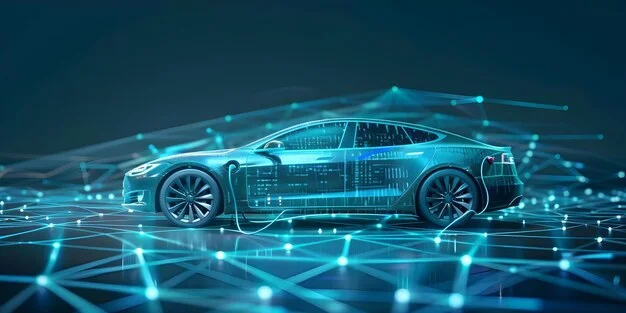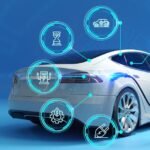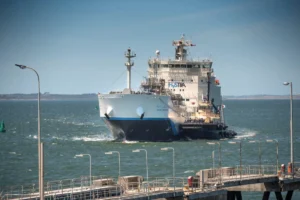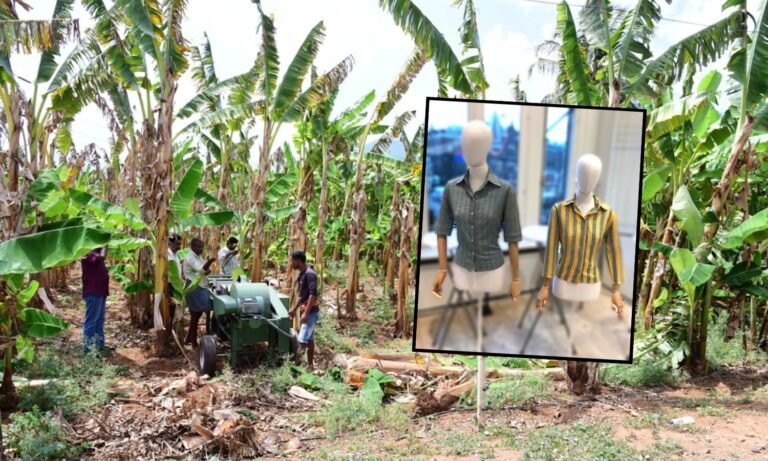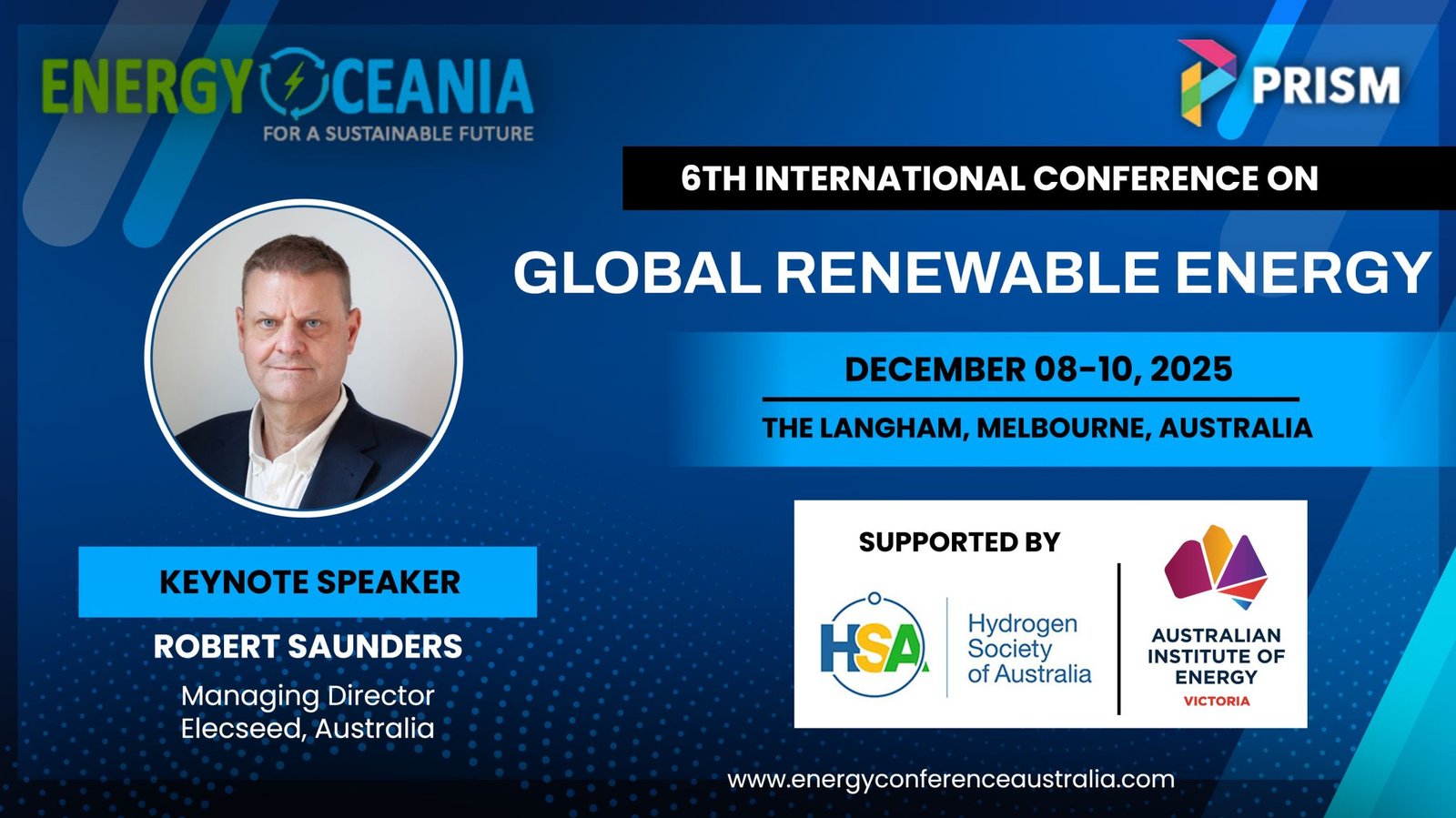China BYD’s leads the pack of Electric Vehicles in China and Globally- pushing down prices and increasing market saturation. But at what cost to the consumer and the environment.
The official Communist Party paper, the People’s Daily, for example, published a commentary titled “The ‘Price War’ In The Automotive Industry Leads Nowhere and Has No Future.” “Disorderly ‘price wars’ squeeze profits across the chain, impacting the entire ecosystem and risking income declines for workers,” the paper warned. “Long-term, this ‘race to the bottom’ competition is unsustainable.”
In 2024, China, the largest EV market globally, accounted for nearly two-thirds of global electric car sales, with more than 11 million electric cars sold.
Meanwhile, Southeast Asia has emerged as a new EV growth hub, with sales more than doubling or even tripling in markets like Indonesia, Malaysia, and Vietnam.
BYD recently launched Seagull priced under $A16,000 for base-model in China – featuring the smallest 30 kWh Lithium-Iron-Phosphate (LFP) blade battery pack delivering up to 220 km of WLTP range.

BYD SEAGULL Launched May 2025
BYD’s used EVs are experiencing significant depreciation. Data indicates that many three-year-old electric models struggle to maintain even a 60% resale value, raising concerns about rapid technological advancements and market trends affecting these values.
In 2025, Australia’s projected revenue in the Electric Vehicles market is expected to reach AUD US$6.0bn.
The BYD Sealion 7 was Australia’s top selling EV. The Chinese giant sold more than twice as many EVs as second placed Kia on 751 cars with MG in third (594). Porsche sold 150 (133 of them the new Macan EV), BMW 489 and Mercedes-Benz 149.
Tesla’s 500 sales – comprising 280 Model Ys and 220 Model 3s – is 76 percent down on the same month in 2024.
In the case of the Model Y it’s partly reflective of the imminent delivery of the Juniper update that has been hyped for months – in turn attracting plenty of pre-orders. The Tesla Model Y Juniper launched in Sydney Australia in May 2025.
2025 Australia EVs. Prices under A$90K can take advantage of the government’s FBT exemption.
– Tesla Model Y RWD Juniper: $63,400 (before on-road costs) – Tesla Model Y Long Range AWD Juniper: $73,400 (before on-road costs) extending the WLTP range to 466km for the RWD and 551km for the Long Range AWD.
– The Alfa Romeo Junior in local dealerships by the middle of the year with prices starting around $60K.
– Audi Q4 50 e-tron quattro from $84,900 plus on-roads with an 82kWh battery (77kWh of which is usable) and the ability to charge at up to 175kW.
– BYD Sealion 7 is expected to come in under that vehicle’s $55,900 (plus on-roads) starting price.
– BYD Atto 3 Up could hit the market below $40K competing with Toyota, Mazda and MG. The larger 45.1kWh battery promises 401km of range and a single motor makes up to 130kW.
The best EV (electric vehicle) for low maintenance and reliable service depends on a few key factors: availability of service centers, battery durability, parts supply, and overall design simplicity. Here’s a breakdown of the top EVs for low-cost maintenance and ease of servicing in 2025, particularly relevant for Australia and Asia:
Top EVs Known for Easy Maintenance
| EV Model | Why It’s Good for Maintenance | Notes |
| Tesla Model 3 / Model Y | Minimal moving parts, OTA software updates, wide service network | Tesla’s service model is improving in Australia & Asia, but parts delays can still occur |
| BYD Dolphin / Atto 3 | Designed for affordability and ease of repair, growing service network in Australia and Southeast Asia | Battery has 8-year warranty; cost of replacement parts is low |
| Hyundai Ioniq 5 / 6 | Excellent reliability track record, 5-year unlimited km warranty in Australia, service centers nationwide | One of the lowest maintenance EVs; modern battery thermal management |
| MG4 EV | Low upfront cost, improving build quality, simple design | Backed by SAIC, parts are relatively cheap; warranty up to 7 years |
| Nissan Leaf (older tech, but proven) | Air-cooled battery (fewer complex components), simple drivetrain | Serviceable at many third-party mechanics, ideal for 2nd-hand EV buyers |
Why EVs Generally Require Less Maintenance
- No oil changes, fuel filters, spark plugs, or exhaust systems
- Fewer moving parts than ICE (internal combustion engine) vehicles
- Regenerative braking reduces wear on brake pads
EV Maintenance Cost Estimates
| Vehicle | Average Annual Maintenance Cost (AUD) |
| Tesla Model 3 | $300–$500 |
| BYD Atto 3 | $250–$400 |
| Hyundai Ioniq 5 | $300–$450 |
| MG4 | $250–$400 |
| Nissan Leaf | $300–$450 |
Compared to petrol cars averaging $800–$1,200 per year.
Watch-Outs
- Battery health is crucial — models with good thermal management (like Tesla or Hyundai) are preferable.
- Right-to-repair laws vary — Tesla has more proprietary systems, while MG and BYD parts are more easily accessible.
- Resale and warranty support — established brands like Hyundai, BYD, and Nissan tend to offer better coverage and dealer presence.
Best Overall for Maintenance in Australia (2025)
BYD Dolphin or Atto 3 – great for budget, parts availability, and minimal maintenance headaches.
Hyundai Ioniq 5 – best mix of advanced tech, warranty, and dealer support.
Tesla Model 3 – premium feel and software support, with less frequent service needs but costlier repairs.
READ MORE:
The FBT Tax Exemptions changes from 1 April 2025 explained HERE+

